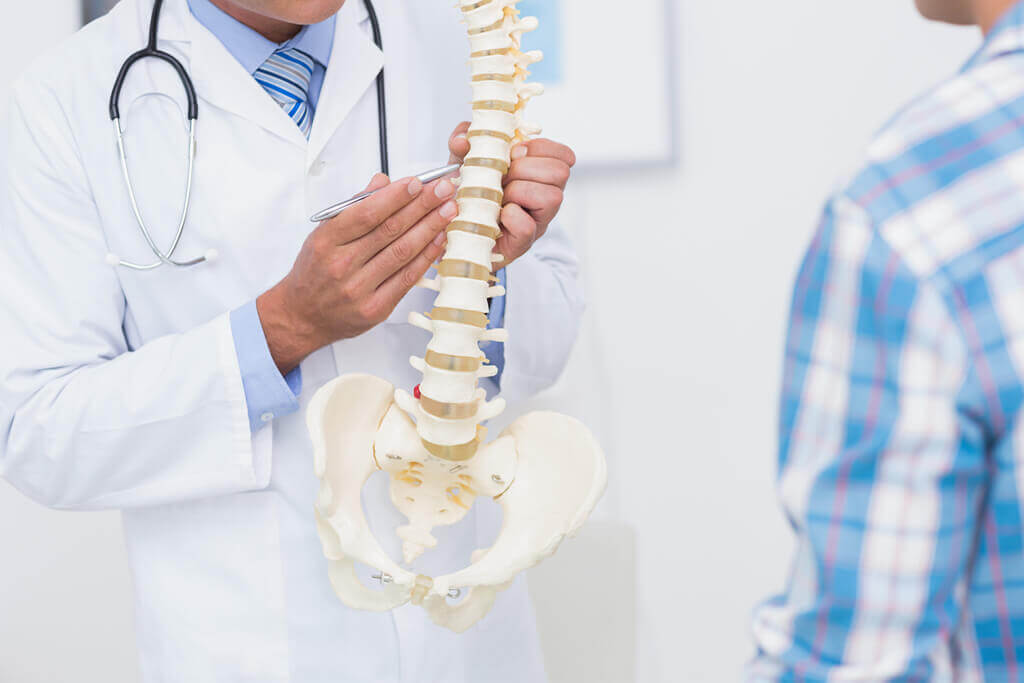Earwax Blockage
Introduction
Anatomy
Earwax (cerumen) is produced in the ear canal. Earwax protects your ear canal by fighting infections and trapping dirt and particles. Old earwax eventually moves out of the ear and is washed away.
Causes
Symptoms
Diagnosis
Treatment
Earwax blockage may develop again after treatment. Your doctor may recommend over-the-counter products to help decrease the risk of earwax blockage. You should not attempt to remove earwax with an object or cotton tipped swab.
Prevention
It can be helpful for people that are prone to earwax blockage to have their ears examined and cleaned, if necessary, by their doctor during an annual physical. You should not place objects or cotton tipped swabs deep in the ear. Simply clean your ear by gently wiping the outer portion. Your doctor may recommend a preventive ear care regimen.Am I at Risk
Some people may be more prone to earwax blockage because their ears overproduce wax or the shape of their ear canal promotes wax buildup. Using cotton tipped swabs may increase the risk of earwax blockage.
Complications

Copyright © - iHealthSpot Interactive - www.iHealthSpot.com
This information is intended for educational and informational purposes only. It should not be used in place of an individual consultation or examination or replace the advice of your health care professional and should not be relied upon to determine diagnosis or course of treatment.
The iHealthSpot patient education library was written collaboratively by the iHealthSpot editorial team which includes Senior Medical Authors Dr. Mary Car-Blanchard, OTD/OTR/L and Valerie K. Clark, and the following editorial advisors: Steve Meadows, MD, Ernie F. Soto, DDS, Ronald J. Glatzer, MD, Jonathan Rosenberg, MD, Christopher M. Nolte, MD, David Applebaum, MD, Jonathan M. Tarrash, MD, and Paula Soto, RN/BSN. This content complies with the HONcode standard for trustworthy health information. The library commenced development on September 1, 2005 with the latest update/addition on February 16, 2022. For information on iHealthSpot’s other services including medical website design, visit www.iHealthSpot.com.


